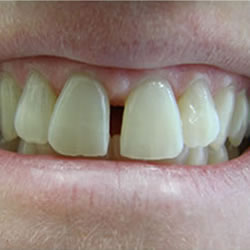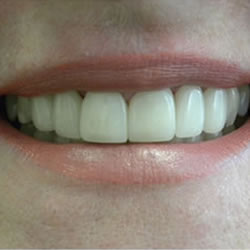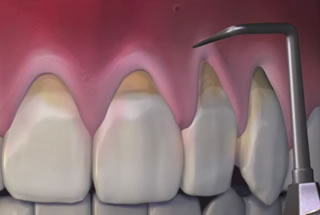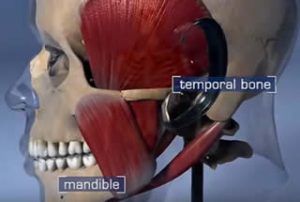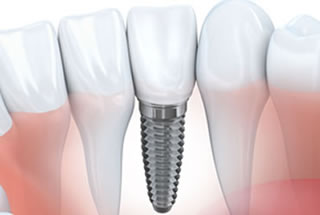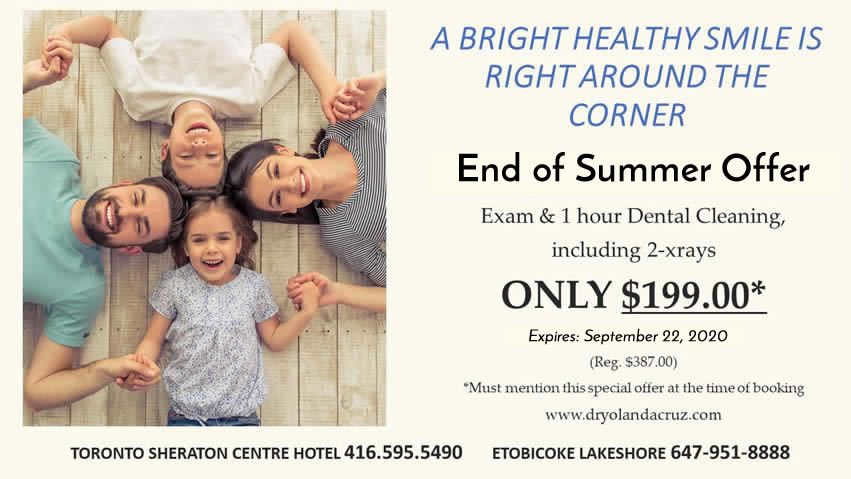Botox for TMJ
Alternative Treatment for TMJD at Dr. Yolanda Cruz Dentistry
Masseter Botox alleviates grinding and headaches associated with TMJ disorders (TMD). It’s an effective alternative treatment for managing TMJ symptoms and improving quality of life.
How Does Botox Treatment Work? Botox injections target specific muscles of the TMJ, blocking nerve signals and causing the muscles to relax. This reduces unconscious jaw movements, helping to alleviate grinding and wear on the teeth while still allowing for normal daily activities.
Pain Relief and Muscle Relaxation Botox effectively relieves discomfort and soreness by relaxing the targeted muscles involved in TMJ disorders.
Improved Jaw Functionality Botox injections enhance jaw mobility and range of motion, making daily activities like eating and speaking easier.
Reduction in Headaches and Migraines By targeting specific muscles, Botox reduces the frequency and intensity of headaches and migraines associated with TMJ disorders.
Minimized Teeth Grinding (Bruxism) Botox relaxes the jaw muscles, minimizing teeth grinding and protecting teeth from excessive wear and damage.
Non-Invasive Nature of Botox Treatment Botox is a non-invasive alternative to surgery, with a quick and straightforward procedure that involves minimal discomfort and no extensive recovery period.
Customized Treatment Plans At Dr. Yolanda Cruz Dentistry, we provide personalized Botox treatment plans based on thorough assessments of your specific TMJ symptoms and concerns. Both you and Dr. Yolanda Cruz will determine your needs and tailor the treatment accordingly.
Botox Administration Botox is administered into several spots in the masseter muscle, typically feeling like a small pinprick. The treatment time is short (about 15 minutes), and results begin to appear within a few weeks. Botox units can be 50 units or more, depending on severity of clenching and headache.
Post-Treatment Care and Monitoring After the injection, you might experience mild swelling, tenderness, or bruising. Maximum muscle relaxation occurs within two weeks, with a slimmer jawline potentially taking longer.
Aftercare Tips:
- Avoid lying down or bending forward for 4 hours post-treatment.
- Refrain from strenuous exercise for at least 24 hours.
- Do not touch or massage the treated area.
- Follow any additional instructions from your provider.
- If you experience unusual side effects, seek medical care.
Botox Cost and Appointment Details Botox treatment is priced at $14 per unit, with the unit numbers needed determined by the severity of your TMD. The initial appointment with the required exam is $150. The initial appointment and exam is billed as a specific exam under the current ODA (Ontario Dental Association) fee guide, and this will be a one-hour appointment. During this appointment, we will discuss your treatment plan, starting with a lower dose and adjusting as needed based on your response. It is recommended to try other treatments for TMD first, such as a bruxism appliance, massage, physiotherapy, or muscle relaxants. Please indicate all medical conditions and medications during your consultation. Patients who are pregnant, nursing, or have neuromuscular conditions such as Myasthenia Gravis or Eaton Lambert Syndrome should not receive Botox treatment.
How Long Does It Last? The results can last between 3-6 months initially, depending on the severity of your TMD. After a few treatments, it is common for the muscle to atrophy, reducing the frequency of treatments. For convenience, we suggest patients schedule this treatment with their regular check-up and cleaning appointments.
Helpful Related Links
- American Dental Association (ADA). Glossary of Dental Terms.
- American Academy of Cosmetic Dentistry® (AACD). Home Page.
- WebMD. WebMD’s Oral Care Guide.




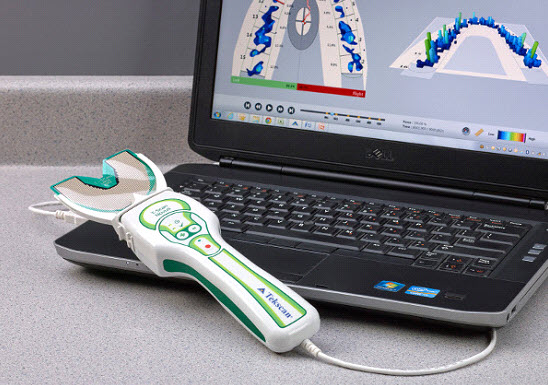

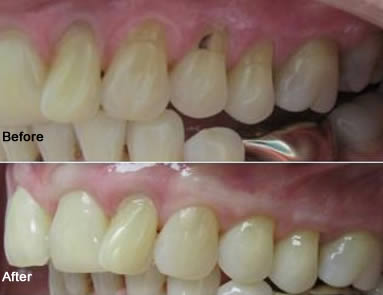
 E-Mail Us
E-Mail Us  416-595-5490
416-595-5490